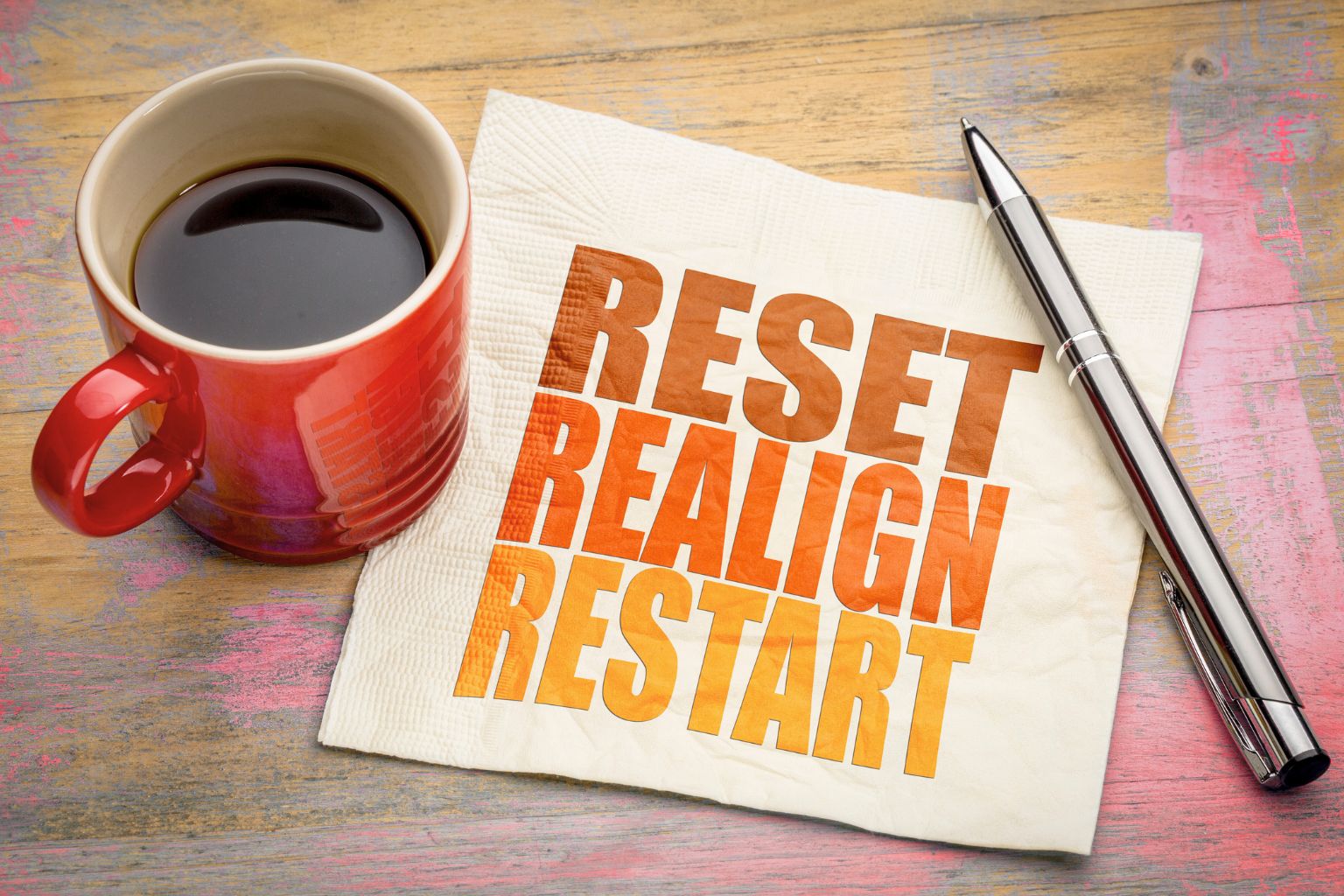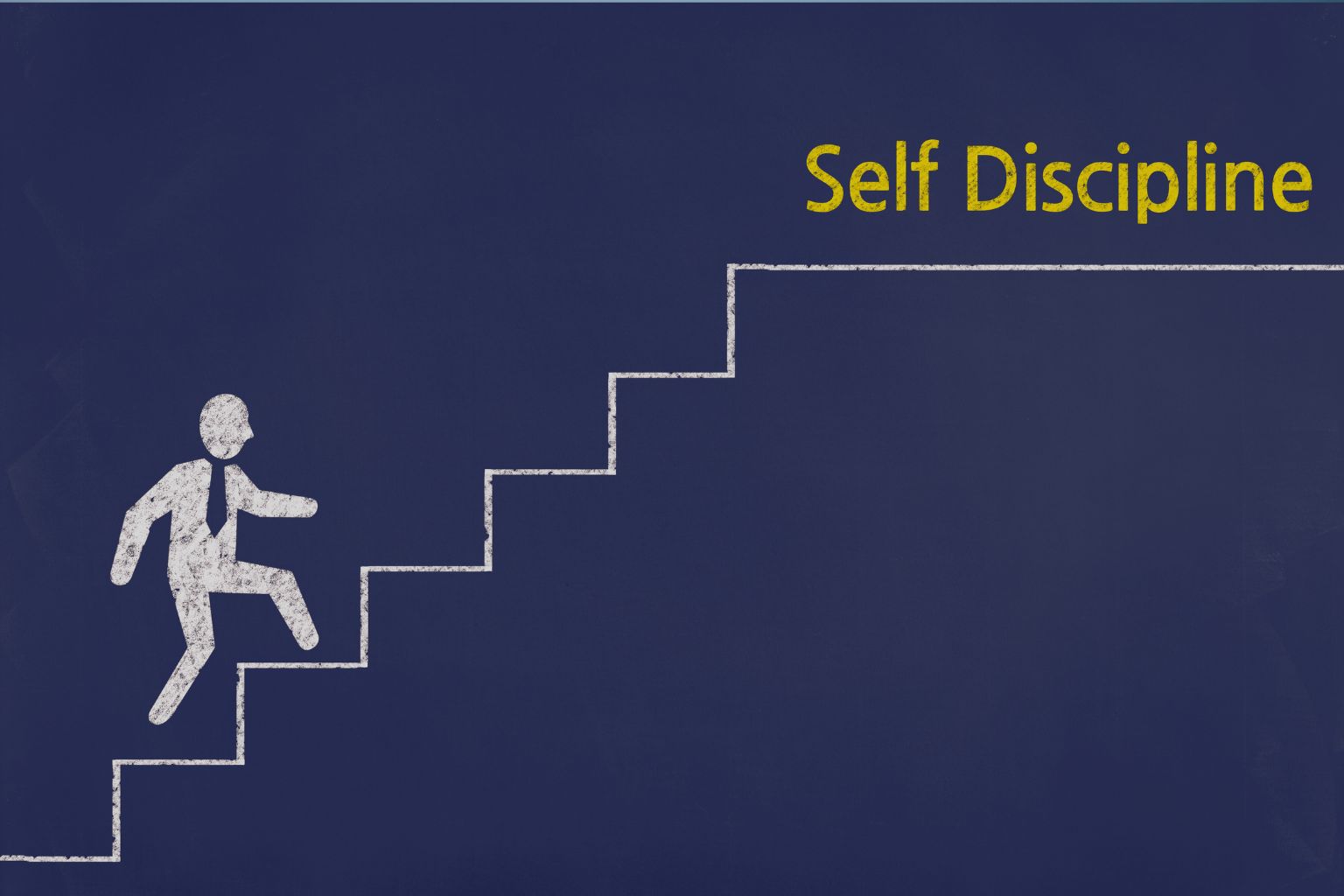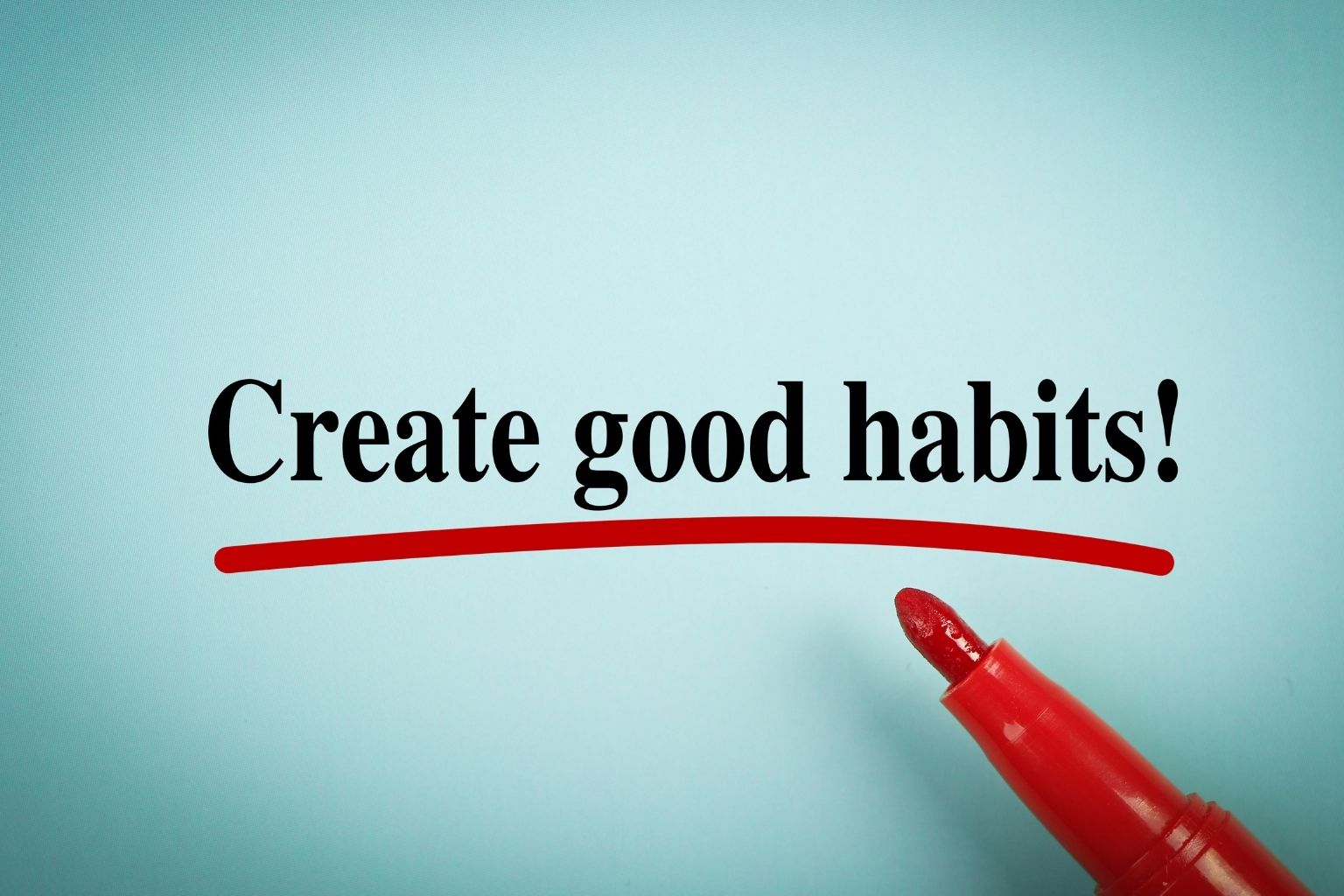Imagine waking up each morning with a fire in your belly, not because you’re chasing a deadline, but because discipline is your default—a quiet, powerful force woven into your daily life, propelling you toward a future that’s yours to shape. This isn’t a motivational poster; it’s the reality of mastering long-term discipline.
Forget short bursts of willpower that fizzle out. What if you could make discipline as natural as brushing your teeth, fueling mental discipline for success that lasts a lifetime? Buckle up, because we’re about to unravel the science and soul of cultivating discipline for long-term success—six game-changing steps that will transform your days and your destiny. Ready to make discipline your superpower? Let’s dive in!
What Is Discipline?
Discipline is the art of choosing what matters most over what feels good right now. It’s your ability to act consistently, day after day, in alignment with your values and goals, even when motivation dips or distractions beckon. The science of discipline shows it’s not about brute force—it’s about training your brain to prioritize habits that build long-term discipline.
Think of it as a muscle: the more you exercise it through intentional, repeated actions, the stronger it gets. To cultivate mental discipline for success, you embed these habits into your daily routine, making discipline a seamless part of who you are, not just what you do.
6 Steps to Cultivate Long-Term Discipline
1. Anchor Discipline to Your Identity
The science of long-term discipline starts with who you are, not what you do. Instead of saying, “I need to be disciplined,” shift to, “I am a disciplined person.” This identity-based approach, backed by a 2016 study in Journal of Personality, strengthens your commitment by aligning actions with your self-image. When discipline is part of your identity, it’s not a chore—it’s an expression of you.
Take Mia, who wanted to write a novel but struggled to stick to a schedule. She started telling herself, “I’m a writer,” and acted like one, writing 200 words daily, no matter how busy she was. Over time, writing became non-negotiable, like eating dinner. By anchoring discipline to her identity, Mia cultivated long-term discipline that fueled her dream, finishing her draft in a year.
Why does this work? Your brain seeks consistency between your beliefs and behaviors, a concept called cognitive dissonance. When you see yourself as disciplined, you’re more likely to act that way, making mental discipline for success a natural outcome.
- Pro Tip: Write a daily affirmation, like “I am a disciplined learner,” and say it aloud each morning to reinforce your identity.
- Try This: Identify one area where you want long-term discipline (e.g., fitness). Declare, “I am a [fit person].” Act on it with one small daily habit, like a 5-minute stretch, for two weeks.
2. Design Your Environment for Discipline
Your surroundings shape your behavior. The science of long-term discipline shows that environmental cues trigger habits, as a 2014 study found that people with organized spaces were 30% more likely to stick to routines. To cultivate discipline, craft an environment that makes good habits easy and bad ones hard. Clear distractions, set up cues, and make discipline the path of least resistance.
Consider Jake, who couldn’t stop checking his phone while working. He redesigned his desk: phone in another room, a notebook for tasks, and a timer for focused sprints. These cues made deep work automatic, and he doubled his productivity in weeks. By shaping his environment, Jake embedded long-term discipline into his daily life.
This step is key because willpower is finite. An environment that supports discipline reduces the mental effort needed to stay disciplined, making it sustainable for years.
- Pro Tip: Create one discipline-friendly cue, like keeping running shoes by your door to prompt a workout.
- Try This: Pick one distraction (e.g., social media). For one week, remove it during key hours (e.g., app blockers) and add a positive cue (e.g., a book on your desk). Notice how discipline flows.
3. Master the Art of Micro-Commitments
Big changes scare your brain, but small ones sneak past its defenses. The science of long-term discipline leverages “micro-commitments”—tiny, consistent actions that compound over time. A 2019 study in Behavioral Science found that people who started with small habits, like one push-up daily, were 50% more likely to maintain routines long-term than those aiming for big leaps.
Meet Priya, who wanted to meditate daily but felt too busy. She started with one minute of deep breathing each morning. It felt so doable that she stuck with it, gradually increasing to 15 minutes. Two years later, meditation is her anchor, calming her through life’s chaos. Priya’s micro-commitments built long-term discipline that’s now unshakable.
This works because small actions bypass resistance, creating neural pathways that make discipline automatic, a cornerstone of mental discipline for success.
- Pro Tip: Pick a micro-commitment, like drinking a glass of water upon waking, and tie it to an existing habit (e.g., after brushing teeth).
- Try This: Choose one goal (e.g., reading). Commit to a one-minute action daily (e.g., read one paragraph) for two weeks. Track your streak and watch it grow.
4. Build Rituals, Not Just Routines
Routines are tasks; rituals are meaningful. The science of long-term discipline shows that rituals—habits infused with purpose—boost adherence by 40%, per a 2021 study in Psychology Today. Rituals create emotional connections, making discipline a joy, not a grind. To cultivate long-term discipline, turn key habits into rituals with intention and consistency.
Take Leo, who wanted to journal but found it tedious. He turned it into a ritual: lighting a candle, playing soft music, and writing for 10 minutes nightly to reflect on his day. This made journaling a sacred pause, and he’s done it for three years, gaining clarity and calm. Leo’s ritual cemented long-term discipline as a cherished part of his life.
Why rituals? They tap into your brain’s reward system, releasing oxytocin and dopamine, which make discipline feel rewarding and sustainable.
- Pro Tip: Add one meaningful element to a habit, like playing a favorite song during a workout, to make it a ritual.
- Try This: Pick a habit (e.g., planning your day). For one week, make it a ritual (e.g., sip coffee, use a special planner). Note how it feels more meaningful.
5. Practice Self-Compassion to Stay Resilient
Discipline isn’t about being perfect—it’s about bouncing back. The science of long-term discipline highlights self-compassion as a key driver of resilience. A 2017 study found that people who treated setbacks with kindness were 35% more likely to persist in habits than those who self-criticized. When you miss a day, don’t spiral; reflect, learn, and restart.
Consider Aisha, who aimed to cook healthy meals but slipped into takeout during a busy week. Instead of thinking, “I failed,” she said, “I’m learning what works.” She analyzed her triggers (late work hours) and prepped meals on weekends. This kept her disciplined for months, with healthier eating now her norm. Aisha’s self-compassion fueled long-term discipline through life’s ups and downs.
This step is crucial because setbacks are inevitable. Self-compassion ensures discipline remains a lifelong habit, not a fleeting phase.
- Pro Tip: After a slip-up, write one kind sentence to yourself, like “I’m doing my best, and I’ll try again tomorrow.”
- Try This: Next time you miss a habit, spend two minutes reflecting: What stopped me? What’s one small fix? Act on it the next day.
6. Leverage Community for Accountability
Humans are social creatures, and the science of long-term discipline shows that social accountability boosts adherence. A 2020 study found that people with accountability partners were 65% more likely to stick to habits than those going solo. To cultivate long-term discipline, surround yourself with a community—friends, mentors, or groups—who support your efforts and keep you on track.
Meet Carlos, who wanted to run daily but often skipped it. He joined a local running club, where weekly meetups and group chats kept him accountable. The camaraderie made running fun, and he’s now a marathoner, running consistently for two years. Carlos’s community built long-term discipline by making it a shared journey, amplifying his mental discipline for success.
Why does this work? Social bonds release oxytocin, reinforcing commitment, while external accountability reduces the temptation to slack.
- Pro Tip: Share one discipline goal with a friend or join a group (e.g., a book club). Schedule weekly check-ins to stay accountable.
- Try This: Find one accountability partner or group for a goal (e.g., a study buddy). For one month, share weekly updates and reflect on how it strengthens your discipline.
Why Long-Term Discipline Is Your Game-Changer
Cultivating long-term discipline isn’t about white-knuckling through life—it’s about making discipline a natural, joyful part of your day-to-day. By anchoring it to your identity, designing your environment, mastering micro-commitments, building rituals, practicing self-compassion, and leveraging community, you’re not just building habits—you’re crafting a life of purpose, resilience, and unstoppable progress.
The science of long-term discipline gives you the tools to make mental discipline for success your default, turning every day into a step toward your biggest dreams.
FAQs About Cultivating Long-Term Discipline
To make discipline a daily habit for long-term discipline, start by seeing yourself as a disciplined person, like calling yourself a “runner” to stick to workouts. Shape your environment to support good habits, such as keeping distractions like your phone out of reach during work. Begin with small actions, like reading one page daily, and turn habits into meaningful rituals, like journaling with a favorite pen. Stay kind to yourself during slip-ups and connect with a supportive friend or group to keep you accountable. These strategies, backed by neuroscience, train your brain to make discipline automatic and sustainable.
Creating an environment for long-term discipline means setting up your space to encourage good habits and reduce temptations. For example, keep your workspace clear of distractions by silencing notifications or placing your phone in another room. Add positive cues, like leaving a water bottle on your desk to drink more, or placing running shoes by the door for workouts. A 2014 study found organized spaces boost routine adherence by 30%. By making disciplined actions the easiest choice, your environment helps discipline become a natural part of your daily life.
Slips are part of the journey! The science of long-term discipline emphasizes self-compassion. If you miss a day, reflect: What triggered it? Try removing distractions, like turning off social media notifications, or start with a tiny action, like two minutes of your habit, to rebuild momentum. Connect with a friend who can check in weekly to keep you accountable. Each restart strengthens your discipline, making slips less frequent over time.
Long-term discipline helps you prioritize what matters, creating space for work and life. Designing your environment reduces distractions, so you finish tasks efficiently and have time for family. Rituals like a morning planning session clarify priorities, preventing burnout. Self-compassion keeps you resilient, avoiding stress spirals. A 2022 study found disciplined routines improve work-life balance by 28%. These steps make discipline a tool for harmony, not hustle.
Motivation wanes, but the science of long-term discipline builds systems to keep you going. Make habits rewarding by turning them into rituals, like a cozy journaling setup, releasing dopamine. Connect with a community, like a workout group, for shared goals that foster oxytocin. Celebrate small wins, like a week of consistency, for a motivation boost. If you dip, refocus on your identity as a disciplined person and take one small action to restart.
Conclusion
You’re not just reading—you’re stepping into a life where long-term discipline is your secret weapon. These six steps—anchoring to identity, designing your environment, mastering micro-commitments, building rituals, practicing self-compassion, and leveraging community—aren’t just strategies; they’re your path to making discipline a joyful, daily habit.
Rooted in the science of long-term discipline, they empower you to live with purpose, resilience, and mental discipline for success. Start with one step today, embrace the journey, and watch discipline transform your life. Your future self is cheering—go make them proud!

















Share it!